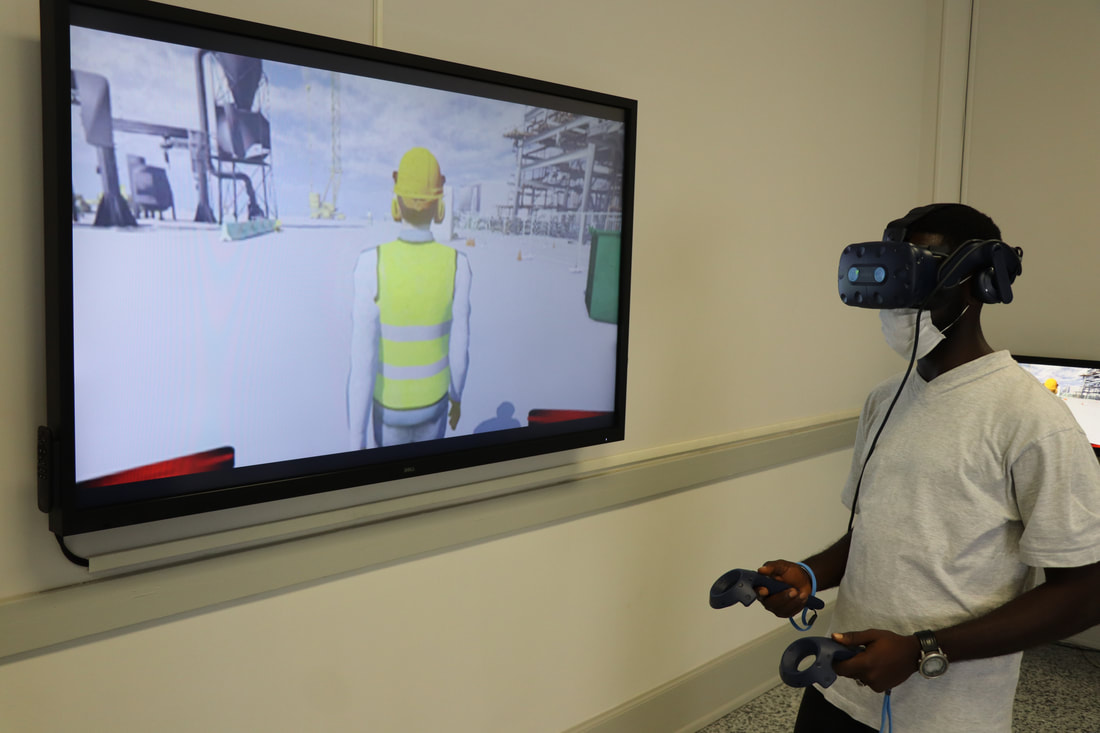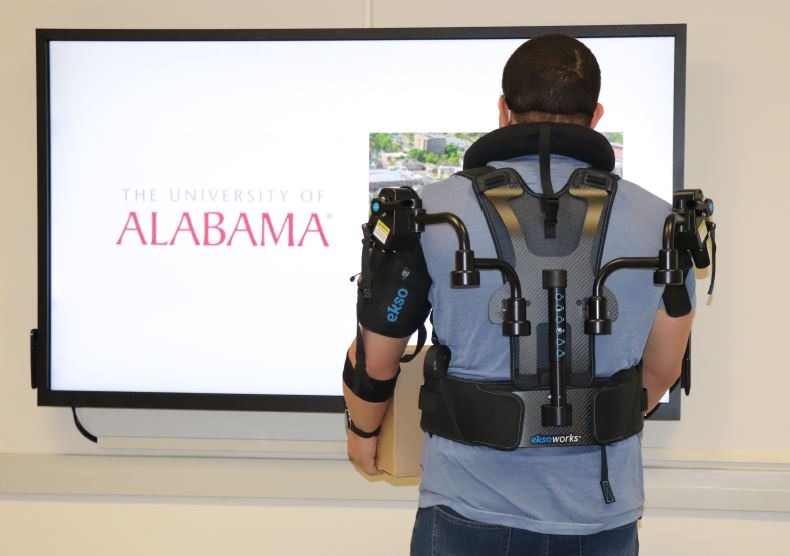Areas of Research
Worker Safety and Health
At the SIIR-Lab, we study various risks and hazards that are inherent to the construction environment. As part of our broad vision, we aim to identify and investigate new and emerging high-impact, low-frequency (HILF) and high-frequency, low-impact (HFLI) accidents and injury trends in the construction workplace. Our research results provide evidence used to direct and inform the use of new and existing safety controls for intervention and prevention activities. We also monitor the overall impact of occupational health research. Currently, we are developing new surveillance methods, tools, and analytical techniques to help improve safety awareness (hazard identification and safety risk assessment), reduce worker fatigue and hearing loss, and enhance human-robot interactions.

Construction Automation
We believe that automated and smart construction is here to stay. Overall, we strive to solve problems aimed at getting the construction industry to be on par with other industries in the area of technology adoption and implementation. From our base knowledge, we understand that construction automation faces significant resistance due to project delivery and construction methods, the unique and complex nature of construction products, and the dynamic and fragmented nature of the industry. We attempt to solve this problem by developing value-adding technologies, providing important information on technology effectiveness, and developing tools that support and enhance technology integration decision-making.

Workforce Development
In the SIIR-Lab, we understand that the lack of effective workforce development systems represents a threat to the economic prosperity of not just the construction industry, but the United States as a whole. To address this issue, we work towards developing solutions aimed at improving the following processes: (1) recruitment of a diverse workforce into the industry; (2) effective training for at-risk workers in the industry; (3) providing resources that enhance retention of workers that the industry develops; and (4) providing tools that help align and integrate craft professionals into mutually profitable opportunities.

Construction Sustainability
We identify problems surrounding the creation of structures and using processes that are environmentally responsible and resource-efficient throughout a building's life-cycle, from siting to design, construction, operation, maintenance, renovation, and deconstruction. We utilize tools such as Life Cycle Costing (LCC) and Life Cycle Assessment (LCA) to find proactive solutions to these problems. In addition, we push for the onward development, application, and evaluation of lean methods of construction. By doing this, we aim to present solutions that allow for an increase in value, continuous minimization of construction waste, and enhancement of process control using effective technologies.



